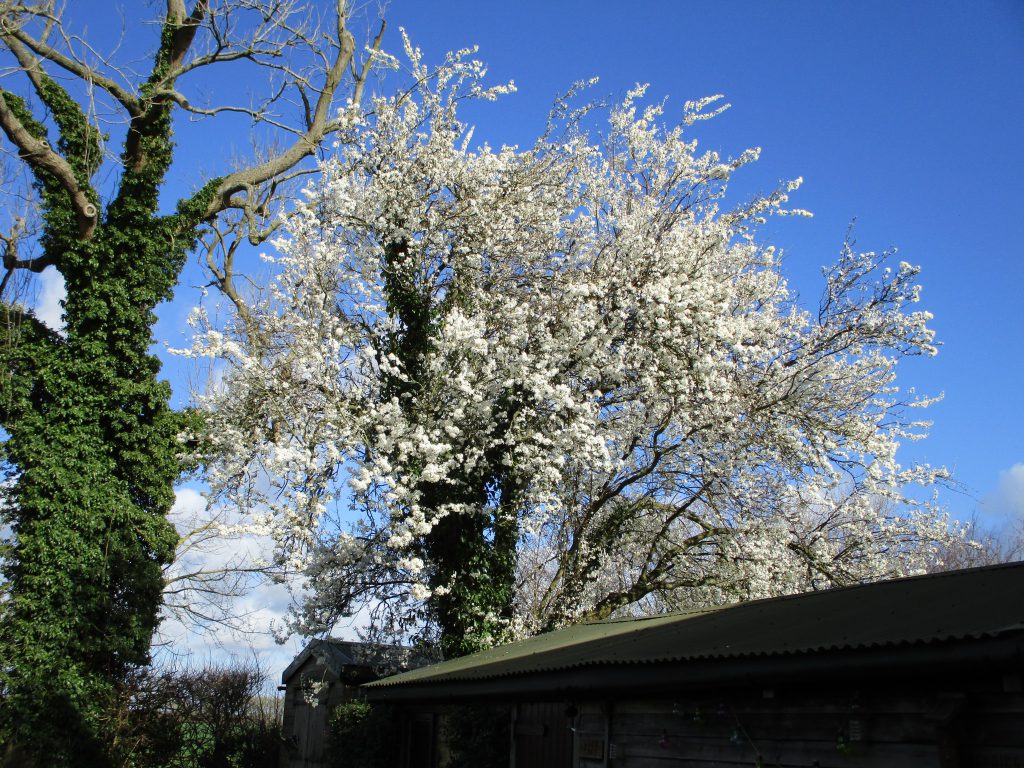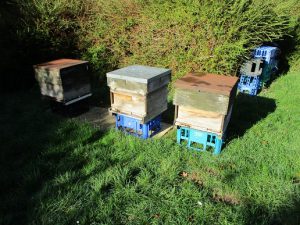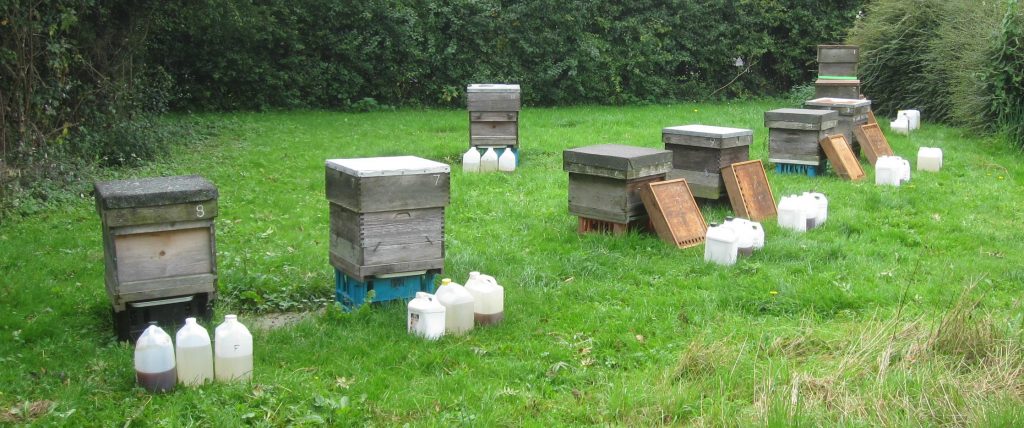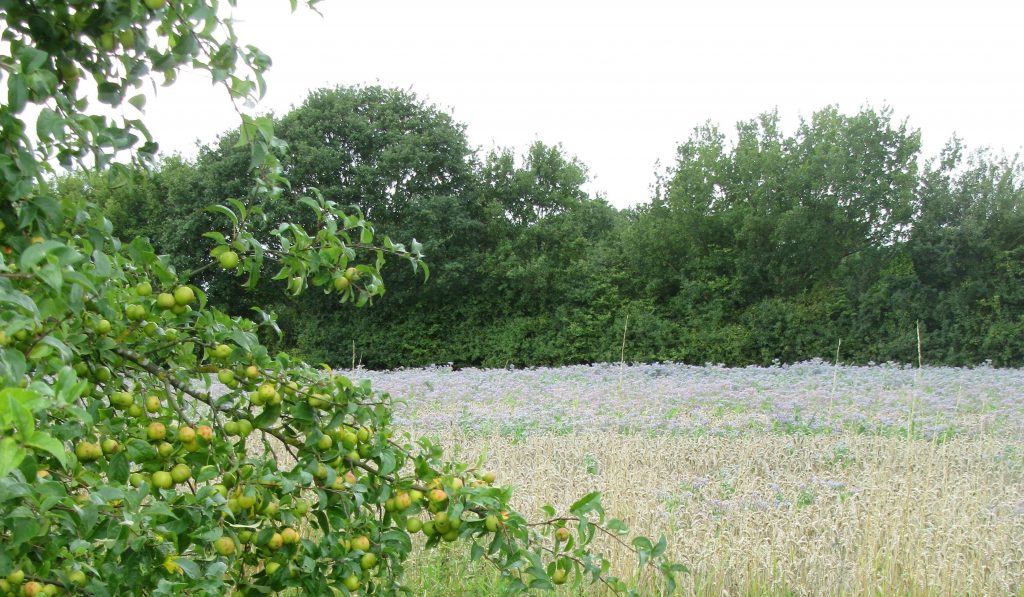All the supers have been brought home and all the honey extracted. The harvest appears to be just enough for the next 12 months.
Samples were sent to the CEH (Centre for Ecology and Hydrology) for analysis with a very rapid turn-around this year. The hives at Mill Hill were there to take advantage of the fields of borage but it did not go to plan this year. The weather had been so dry for so long that the borage hardly yielded. The nectar which the bees did manage to forage, on analysis, was found to be 49% blackberry and 49% borage. Still enough, but nowhere as much had it been purely borage.
Now all the hives are back home again I can resume regular Wednesday-morning varroa-drop counts. All of them have been less than 5 a day so on Professor Steve Martin’s advice I’ll not spend time treating them. Let’s see if they can deal with them themselves.
Several hives show signs of brood cappings being nibbled so I wonder if I’ve got some varroa-tolerant colonies. Watch this space.
Only one hive, number 1, had a higher drop at over 20 a day so these were ‘vaped’ with oxalic acid and I got a drop of 600. It obviously works!
Hive 8’s decision was eventually made and having been without brood for several months it was ‘shake-out time’. I had one last inspection before the death knell and lo and behold, eggs and larvae on two frames. Not a lot of bees left but worth trying to save.
The best news came a few weeks later and involved hive 7. Having recently watched a Cambridge Beekeepers zoom lecture by Gary Brook I was disappointed when he repeated Steve Riley’s advice that nibbled brood cappings alone are insufficient evidence of varroa resistance. However, closer inspection revealed cells with just half a pupa remaining. Surely that’s sufficient proof? I took out the varroa tray and there was the definitive proof. Little bits of infected, and now dead, immature pupae.
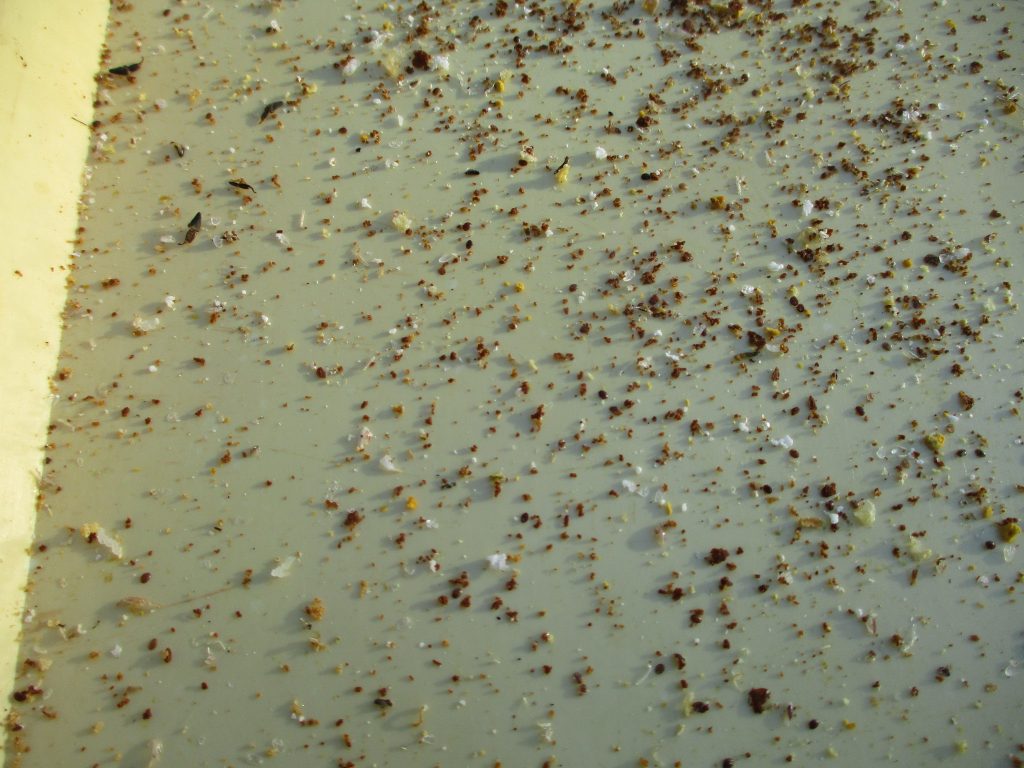
Yes!!! Hive 7 is definitely varroa resistant.
Winter feeding has all been completed with only one hive taking down a whole container of Apikel. The others have taken very little but a brood inspection showed frame after frame well stocked

